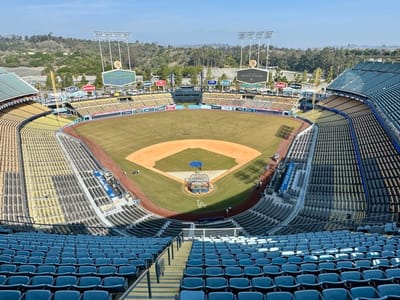My first LED project
A few weeks ago, I stumbled onto a couple interesting videos on YouTube, namely these two:
https://www.youtube.com/watch?v=_UiqrnRiqpk https://www.youtube.com/watch?v=tXvtxwK3jRk
Both videos blew my mind about what's possible with cheap off-the-shelf stuff. Thanks to the tech boom and drive for ever cheaper LEDs for all sorts of uses, the gear for building light strips is ridiculously cheap, while the programming of arduino type devices has matured. Both videos are incredible tutorials on how to select and buy cheap light strips, hook them to a wifi controller, and then have the ability to change colors and do custom light shows.
I wasn't interested in this for a holiday light project, but instead for safety. I've got an outdoor stairway in my house that people frequently trip while walking down because you can't quite tell where each step ends.
I'm setting out to build six 2 meter strips mounted under the edge of each stair so it's super obvious where the steps are when walking along at night.
After watching dozens of videos and shopping around, my first test strip is complete and here's what it looks like:
https://www.youtube.com/watch?v=H6GmNyMtMkU
It's a 5V 2 amp power supply talking to a NodeMCU that has WiFi in it. It's wired using a special plug and some wires to a 2 meter 5V strip of waterproof LEDs that have 30 lights/meter. All of that is mounted in an aluminum channel designed for LEDs that comes with a plastic cover. The iOS app WLED talks to the NodeMCU over WiFi and comes with 80 custom light patterns. In the video above I'm testing it out with a rainbow pattern (I'll leave it soft white when this is mounted under stair treads).
The wildest part of all this is everything you see here summed up is about $36 total. LED strips up to 5 meters long are less than $20. The NodeMCU controller with WiFi was barely over four dollars. The power supply and wiring were only a few bucks and a beefy large 60 amp power supply built for whole-house LED light shows are only around $20.
Consider that a Philips Hue light strip costs around $80 for 2 meters of light and a 1M extension is another $25 and it doesn't have individually addressable LEDs (the whole strip can change colors but not individual lights changing to different colors themselves), and you can see why there are a plethora of cheap useful LED devices out there with remote controls that run these kinds of patterns or come with motion sensors to light up your bedroom or bathroom in the night automatically.
If I lived in one of those suburban communities where everyone goes absolutely nuts about putting up lights for the holidays, I'd totally look into doing a low-profile permanent installation like the ones in the two videos at the top of this post.
In the past couple weeks I've learned more than I ever thought I'd need about electricity and wiring and amperage and I didn't even have to solder anything. If you're interested in this stuff, check out the videos on YouTube and branch out from there as there are hundreds of how-tos like this.
Subscribe to our newsletter.
Be the first to know - subscribe today





